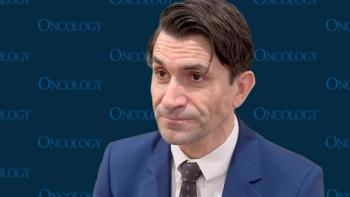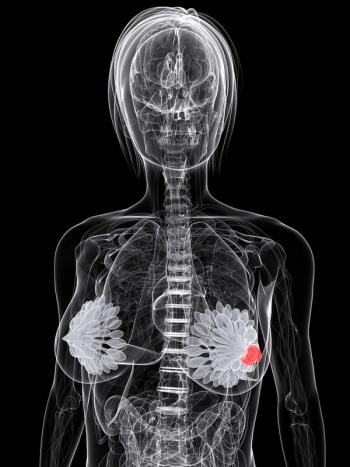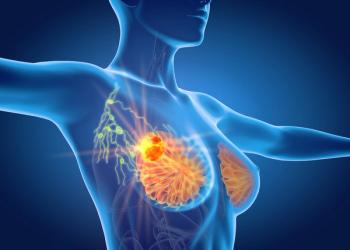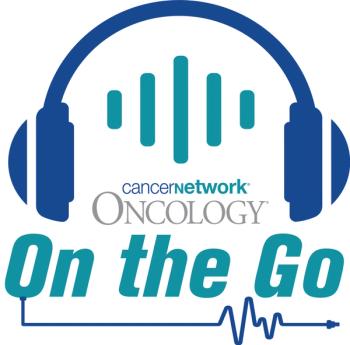
Lactic acid test sheds light on febrile neutropenia in patients with hematologic malignancy
A simple, inexpensive, widely available serum lactate test had significant predictive value in identifying which patients with hematologic malignancies and febrile neutropenia are at risk for septic shock in a study presented at the ASH meeting this week.
SAN FRANCISCO -- A simple, inexpensive, widely available serum lactate test had significant predictive value in identifying which patients with hematologic malignancies and febrile neutropenia are at risk for septic shock in a study presented at the ASH meeting this week.
Measurement of serum lactate was found to have additive value to measurement of tachypnea, the only systematic inflammatory response syndrome (SIRS) criterion that was an independent predictor of septic shock in a prospective, case-control, single-center, cohort study.
"Febrile neutropenia is common in hematologic malignancy, and a small minority of patients die from septic shock. We wanted to identify the 10% of patients who progress to septic shock," said Anthony R. Mato, MD, from the department of hematology and oncology at the University of Pennsylvania in Philadelphia.
Up till now, there has been no way to predict which hospitalized patients with febrile neutropenia are at high risk of developing septic shock. The SIRS criteria are used to diagnose patients and to risk-stratify them, but may not have discriminatory value in patients who meet any two of the four criteria (respiratory rate [RR] >20, heart rate [HR] >90, temperature >38C or <36C, and white blood cell count >12 k or <4 k).
The study was designed to determine the incremental predictive value of serum lactate on top of the SIRS criteria to predict septic shock in patients with febrile neutropenia. Elevated serum lactate was defined as >2.0 mmol/L. The study included 547 hospitalized patients with hematologic malignancies and febrile neutropenia. Their ages ranged from 18 to 83 years. Forty-six patients developed septic shock. Septic shock was identified based on documented or suspected infection and refractory hypertension. Controls were matched with cases at a 4:1 ratio based on length of stay at the time of septic shock. The study analyzed the association of SIRS criteria and serum lactate with the development of septic shock within 48 hours following their measurement (abstract 666).
Baseline characteristics for age, vital signs, absolute neutrophil count, medications, and lactate levels were similar between cases and controls. Mean baseline lactate (1.0 mmol/L) for the cohort was similar to the range considered normal at University of Pennsylvania hospitals. Univariate analysis found that only tachypnea (RR >20) and elevated lactate level were significantly associated with the subsequent development of septic shock.
In multivariate analysis, lactate and respiratory rate remained independent predictors of septic shock. Dr. Mato stated that the predictive value of the area under the receiver operated curve (AUROC) for the SIRS plus lactate acid model was significantly higher than that of the SIRS model alone (76% versus 69%, respectively).
This study suggests that serum lactate should be measured in patients with hematologic malignancy who develop febrile neutropenia, Dr. Mato said. Future directions for the authors of this study are to validate results in a larger population, to determine the additional predictive value of serial lactate measurements (as opposed to one measurement), and to evaluate the impact of early intervention strategies in high-risk patients with elevated lactate levels and febrile neutropenia.
Newsletter
Stay up to date on recent advances in the multidisciplinary approach to cancer.
















































































